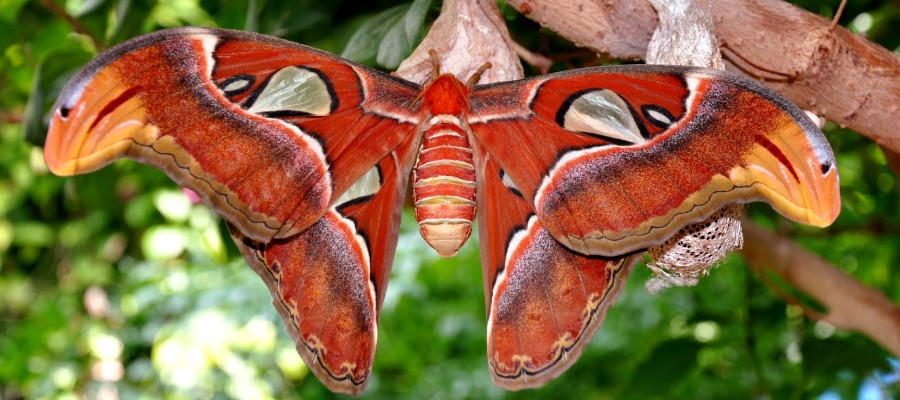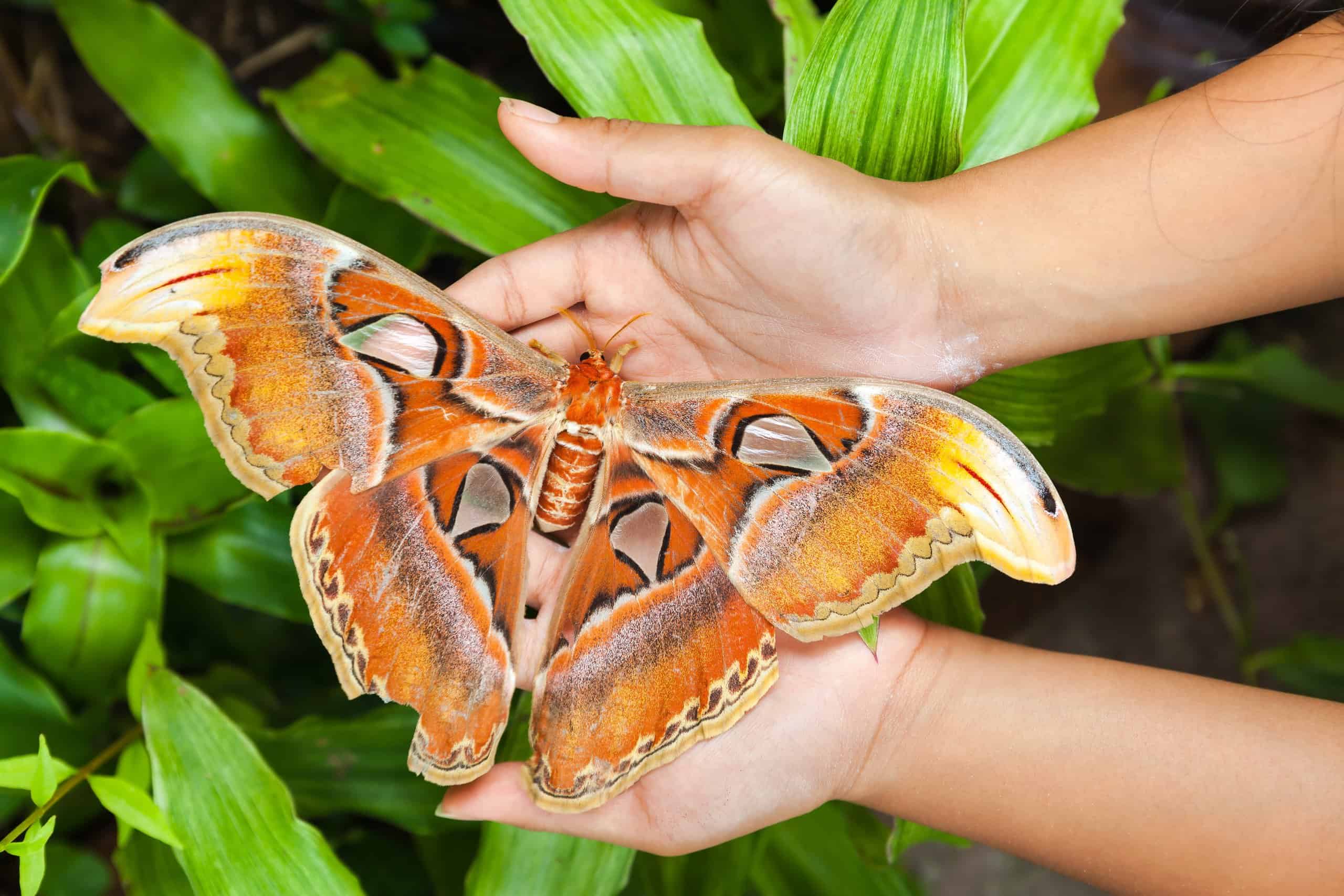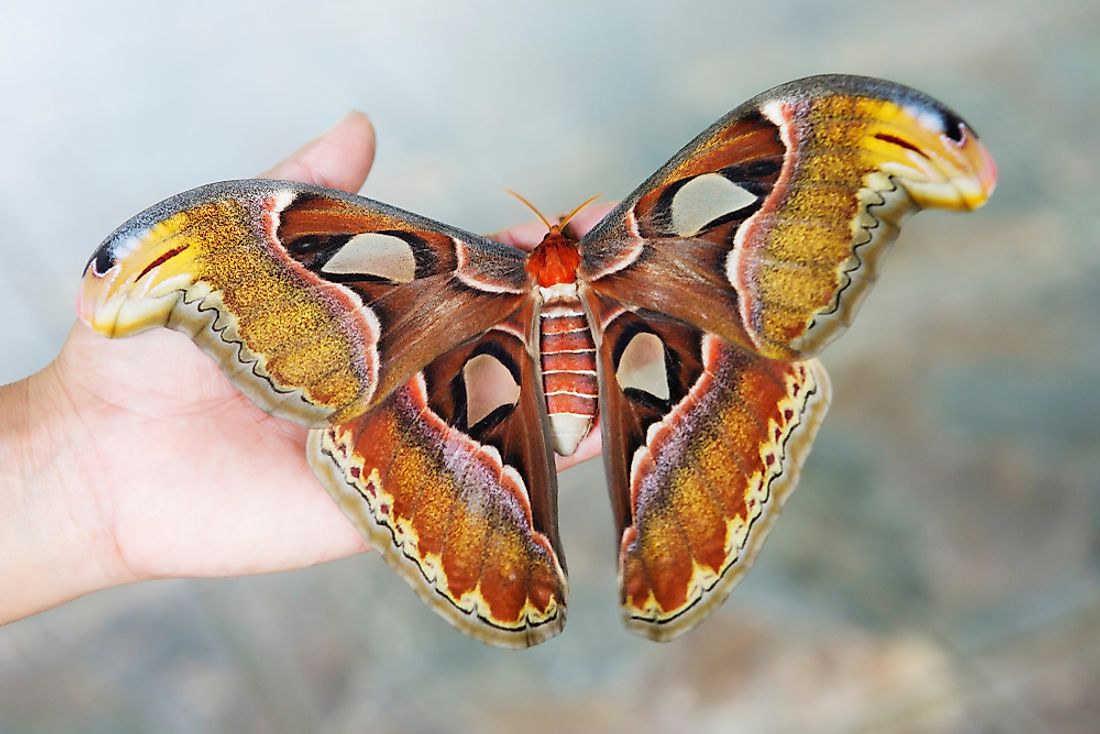One of the world’s largest known moths has been reported for the first time in the United States, and experts are now asking residents to report any other sightings of the insect.
Entomologists in Washington state confirmed the discovery of an atlas moth in Bellevue, located west of Seattle, earlier this month. The Washington State Department of Agriculture said the moth, found on the side of a garage, was reported by a University of Washington professor in early July.

After confirming the species with the U.S. Department of Agriculture, experts now believe this is the first time the moth has been detected in the U.S.
The atlas moth is a native of Asia, primarily from India to the Philippines and south to Indonesia, according to the California Academy of Sciences. Its wingspan of 10 inches is second only to the white witch moth of Central and South America, which has a wingspan of 14 inches.
Its wings are also mesmerizing to some and serve as protection from birds looking for a snack. When open, the atlas moth’s wings may appear to instead be two cobra heads, deterring predators.

Despite its size, the atlas moth doesn’t live long. As London’s Natural History Museum explains, the moth’s proboscis – what butterflies and moths use to drink nectar – is very small and unusable. Because it has no way to eat, the moth typically lives only one to two weeks.
The moth gains much of its sustenance as a caterpillar. During this phase, they will eat leaves of cinnamon, citrus fruit, guava, and Jamaican cherry trees. Moth caterpillars produce silk, and the cocoons they leave behind are sometimes used as purses, according to the Museum.
The atlas moth is a federally quarantined pest in the U.S., according to Washington State officials. This means it is illegal to have or sell live atlas moths, regardless of their stage in life, without a permit from the USDA.
If you spot this mesmerizing moth, you are encouraged to take a photo of it, note where you spotted it, and notify your state or local agriculture department.
